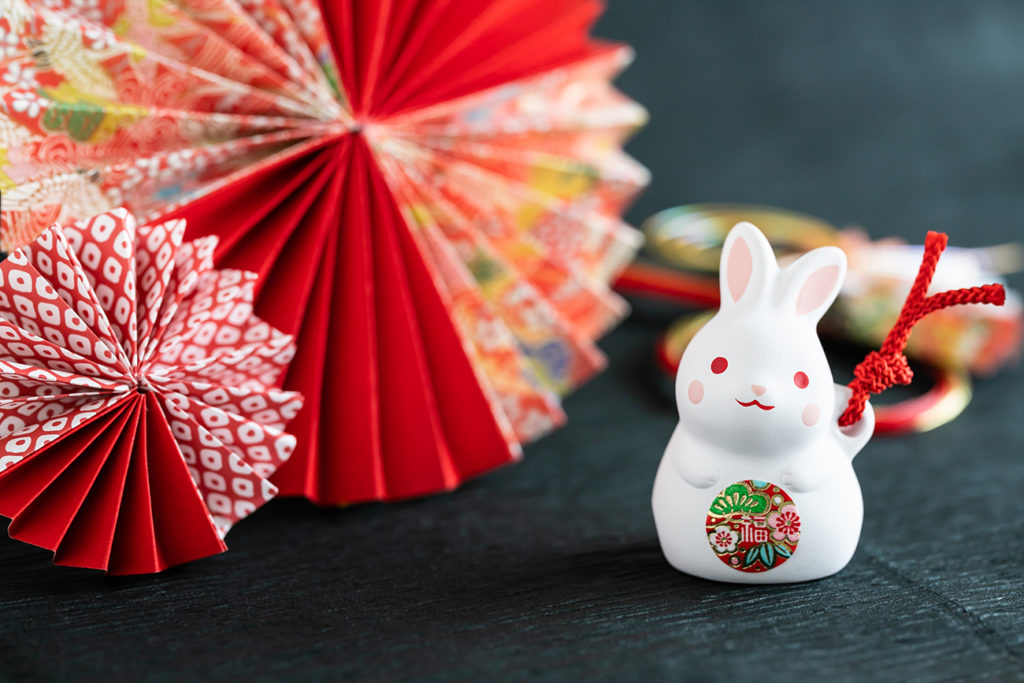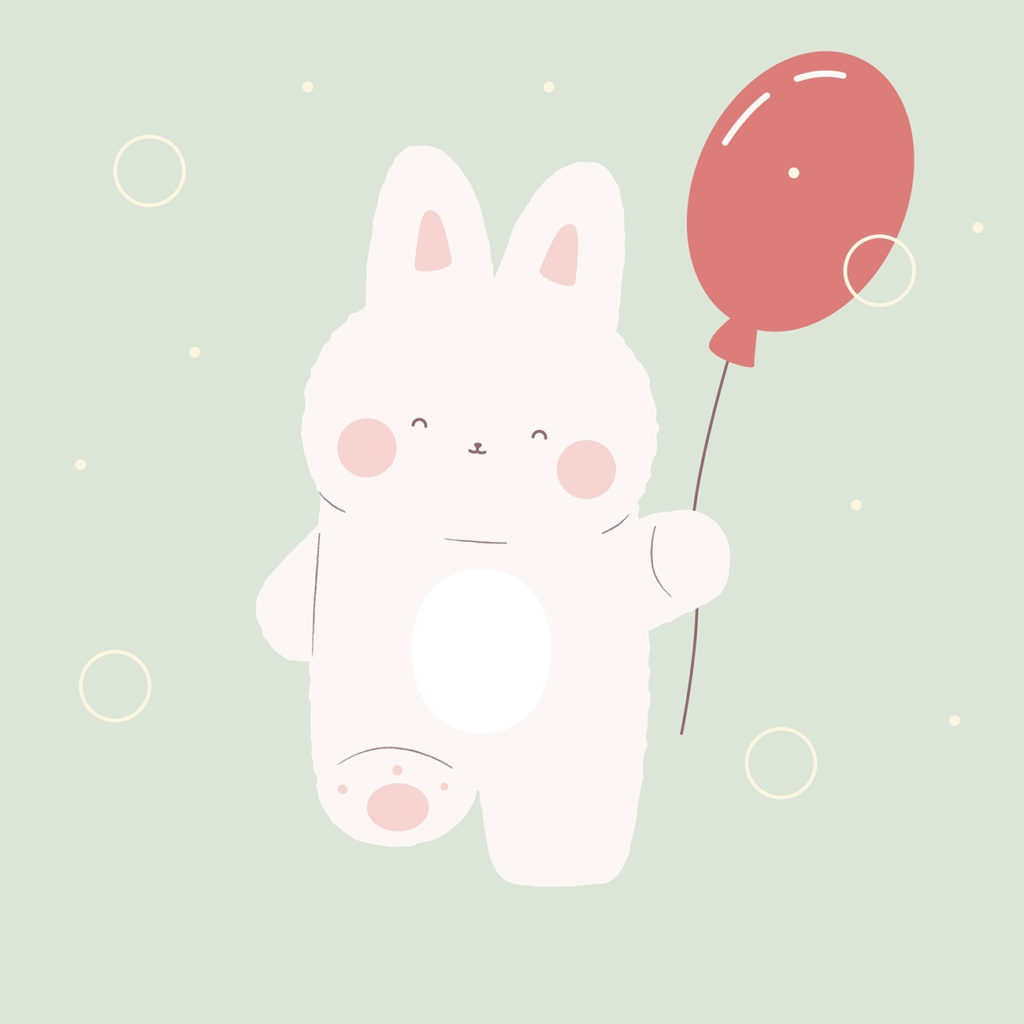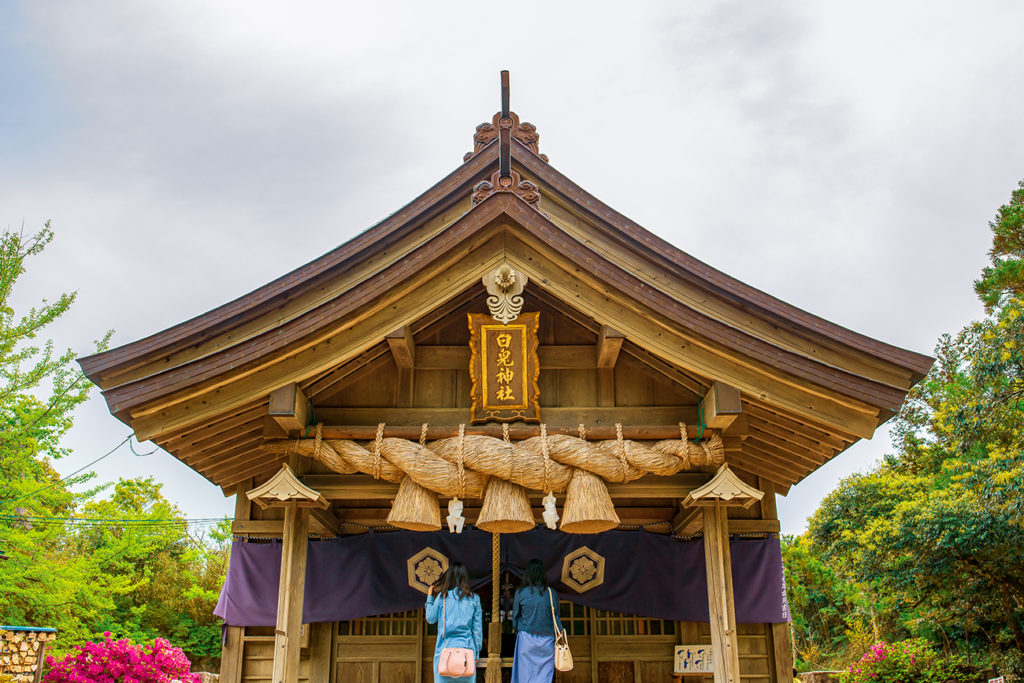
The Significance of Rabbits in Japanese Culture
A lunar calendar is based on the monthly cycles of the Moon’s phases, as opposed to solar calendars which are directly based on the cycles of the solar year. The Chinese zodiac based on the Chinese calendar assigns an animal and its known attributes to each year in a recurring 12-year cycle. The zodiac and its variations are popular in many East and Southeast Asian countries including Japan. 2023 is the year of the rabbit in the lunar calendar year. The year of the rabbit is said to be good for financial success as well as working on relationships.
In Western culture, rabbits have always been associated with Easter. In Japan, rabbits are known to symbolize longevity, good luck and prosperity. These cute furballs are used in many traditional Japanese items such as in a kimono, obi, table ware and other various local merchandise. The Chōjū-giga scrolls or “The Scrolls of Frolicking Animals”, considered to be the oldest work of manga, featured rabbits in the first scroll. It illustrates rabbits and monkeys bathing and getting ready for a ceremony. The Chōjū-jinbutsu-giga scrolls are now in the care of the Kyoto National Museum and Tokyo National Museum.
Hakuto shrine
Finding rabbits in Japan
Japanese culture sees rabbits as a lucky symbol for advancement because they always seem to only move forward without stepping back. Rabbits are also considered a symbol for cleverness and self-devotion. Rabbits are also known for their proclivity in producing offspring and are the servants of the enshrined kami and statues of rabbits are seen all over the Okazaki Shrine grounds in Kyoto. Okazaki Shrine is a popular place to celebrate traditional Shinto marriages with the hope that the lucky couple will be blessed with a full and healthy family. Hakuto shrine in Tottori is another place that is dedicated to this mammal from the Leporidae family. It enshrines a mythical animal known as the White Hare of Inaba.
The Japanese even have a tiny island called Ōkunoshima in the Inland Sea of Japan, in the city of Takehara in Hiroshima Prefecture. It could be just any small island out of Japan’s 6,852 islands. What makes Ōkunoshima different is that it is also known as Usagi Jima (うさぎ島) or Rabbit Island because of the unbelievable number of feral rabbits that call it home.


